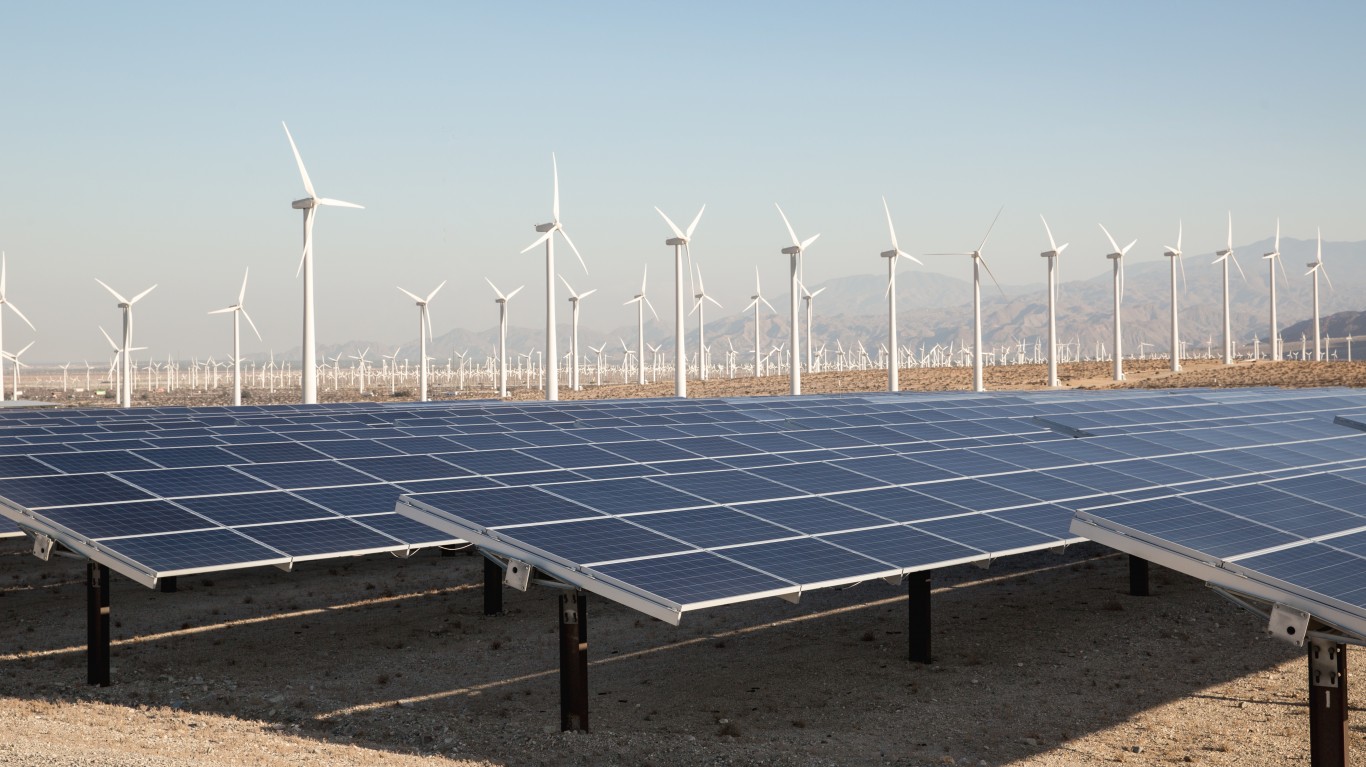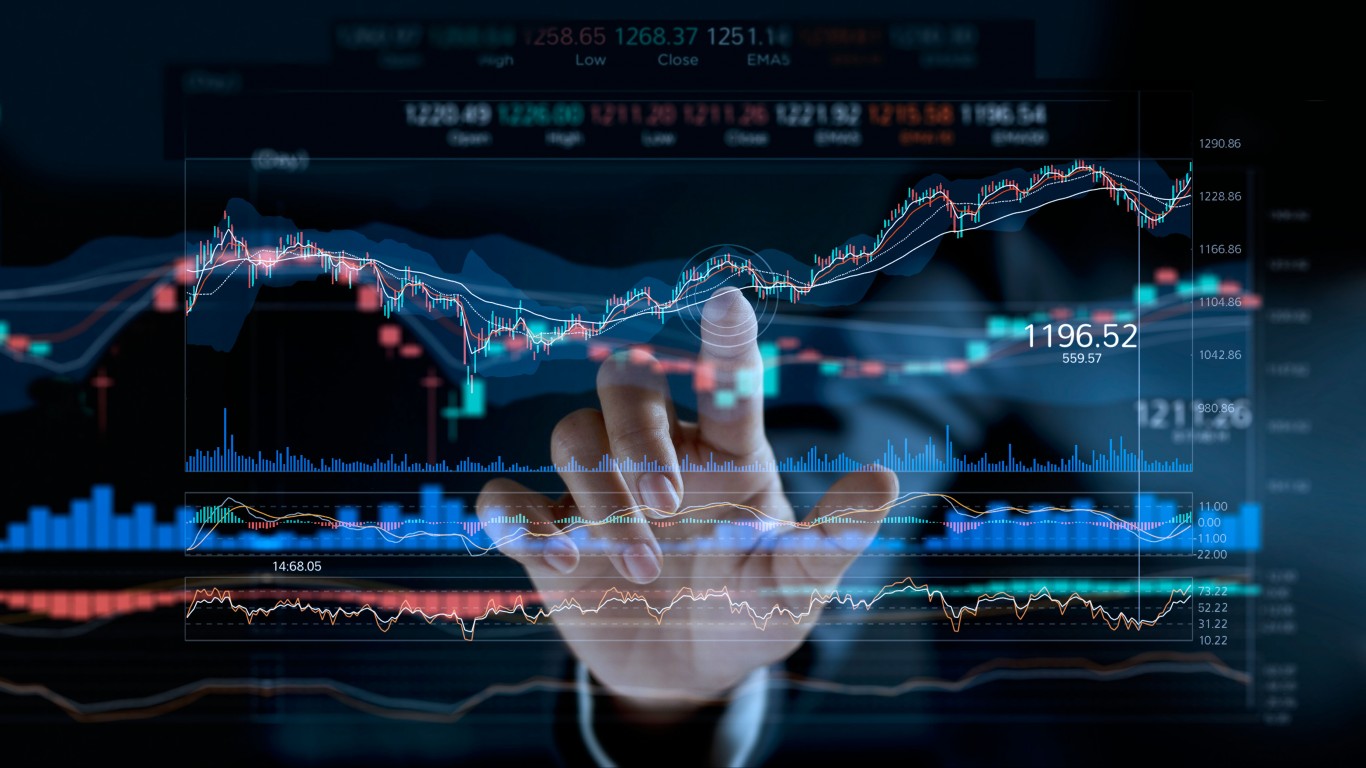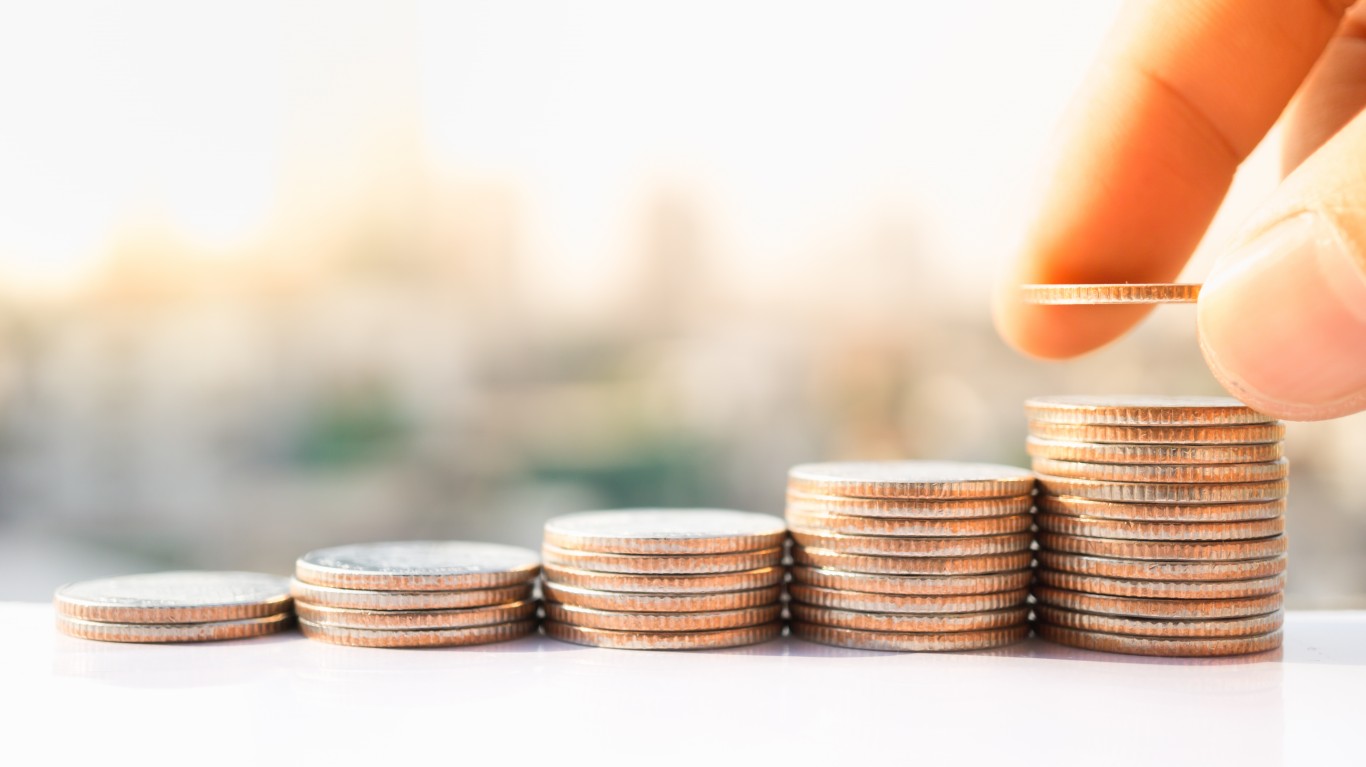
A key component of income investing is a portfolio that includes safe dividends, those that are unlikely to shrink or disappear. Recognizing when a dividend is stable and safe can be a challenge. Yet, certain metrics can offer clear signs for the investor looking to establish or boost such a portfolio. What do these metrics tell us about the quarterly dividend at NextEra Energy Inc. (NYSE: NEE)?
The most recent payout from NextEra Energy was $0.4675 a share, and the yield is now about 3.2%. The next ex-dividend date is expected in late February. The current yield is less than that of such competitors as American Electric Power Co. Inc. (NASDAQ: AEP), Dominion Energy Inc. (NYSE: D), Duke Energy Corp. (NYSE: DUK), Exelon Corp. (NASDAQ: EXC), Southern Company (NYSE: SO) and Xcel Energy Inc. (NASDAQ: XEL). It is also lower than the utilities industry average of about 4.2%.
Dividend Aristocrat?

One clear sign of whether a dividend is stable and safe is if the company is a Dividend Aristocrat. Those are companies in the S&P 500 that have not only paid a dividend consistently for 25 years but have increased their payouts every year as well. NextEra Energy has been a Dividend Aristocrat since 2021. It is one of three utilities stocks that are Dividend Aristocrats, along with Atmos Energy Corp. (NYSE: ATO) and Consolidated Edison Inc. (NYSE: ED). (See the seven highest-yielding 2024 Dividend Kings to buy and hold forever.)
Other Valuation Metrics

While being a Dividend Aristocrat is a good sign, other financial metrics provide additional insight.
The dividend payout ratio indicates how much of a company’s earnings it pays out as a dividend. It is a sign of how safe a company’s dividend is and how much room it has for future growth. The higher the ratio, the greater the risk. Income investors often look for a dividend payout ratio of less than 60%. NextEra Energy hits that mark with a current dividend payout ratio of about 51%. That is higher than the industry average and the company’s mean dividend payout ratio of 63% over the past decade.
A look at free cash flow reveals whether the company has the funds required for its payout, as well as for share repurchases or even paying down debt or making acquisitions. Income investors prefer growing free cash flows. However, in most years since 2010, free cash flow at NextEra Energy has been in the red. Note though that negative free cash flow is not unusual for utilities like those mentioned above.
Return on invested capital is a measure of how well a company allocates its capital to profitable projects or investments. Again, the thing to look for is stability, specifically a double-digit ROIC over many years. At NextEra Energy, the current ROIC is much less than 10%. It has not been in the double digits since 2010. Again, that is not out of line with ROICs its peers.
Operating margin is a measure of the percentage of revenue a company keeps as operating profit. Here too the preference is for a stable double-digit percentage increase. The current figure is almost 23%. Excluding a dip during the pandemic, the margin has trended higher since it was 16% or so at the beginning of 2010. At its lowest during the pandemic dip, it was about 9%.
A look at sales growth offers a clue to the volatility or cyclical nature of the business. Steady, moderate growth, say 3% to 7%, is often considered ideal. The pandemic had some effect here too. However, revenue at NextEra Energy came in at around $28.1 billion last year, the highest it has been since 2010. Then it was about $15.3 billion. While the overall trend has been upward, there were plenty of annual declines in that time as well.
A company’s net debt-to-capital ratio also can signal whether a dividend may be at risk. Because too much debt can put dividends at risk in hard times, a lower ratio is considered better. A debt-to-capital ratio above 0.6 usually means that a business has significantly more debt than equity. The ratio at NextEra Energy is around 0.5, while the industry average is more than 0.6.
Probably the most popular valuation metric is the price-to-earnings (PE) ratio. This indicates whether a stock is expensive or cheap at its current market price, compared to the broader market or to competitors. NextEra Energy has a trailing PE ratio of more than 16, which is higher than the industry average of less than 15%. Note that NextEra Energy’s forward PE is over 17. That compares with a historical benchmark of 15, as well as the broader market’s current 24 or so. Most of the peers mentioned above have PEs higher than that at NextEra Energy. (See which five blue chip dividend stocks make up 75% of Warren Buffett’s portfolio.)
And finally, the number of shares outstanding is worth a look. When companies buy back their shares, that number shrinks. But secondary offerings of stock and stock compensation increase that total. Investors tend to prefer a declining total, as that increases their stake over time. However, total NextEra Energy shares outstanding has increased every year since 2010, when it was over 1.6 billion, to more than 2.0 billion last year. The company said in its fourth-quarter report that it does not expect to issue more shares before 2027.
Summary

While its status as a Dividend Aristocrat is encouraging, is there some risk to the NextEra Energy dividend?
| Dividend Aristocrat | ✔ |
| Dividend payout ratio | ✔ |
| Free cash flow | 🗙 |
| Return on invested capital | 🗙 |
| Operating margin | ✔ |
| Sales growth | 🗙 |
| Net debt-to-capital ratio | ✔ |
| PE ratio | ✔ |
| Shares outstanding | 🗙 |
Some of the metrics, like free cash flow, do not hit the usual benchmarks but are in line with the company’s peers. There has been concern that high interest rates might have an impact on the dividend. Yet those concerns were focused more on the rate of growth and not on the payout shrinking or disappearing. The fourth-quarter report helped assuage some of those concerns. So, for now, it seems that the NextEra Energy dividend is safe.
The Average American Has No Idea How Much Money You Can Make Today (Sponsor)
The last few years made people forget how much banks and CD’s can pay. Meanwhile, interest rates have spiked and many can afford to pay you much more, but most are keeping yields low and hoping you won’t notice.
But there is good news. To win qualified customers, some accounts are paying almost 10x the national average! That’s an incredible way to keep your money safe and earn more at the same time. Our top pick for high yield savings accounts includes other benefits as well. You can earn up to 3.80% with a Checking & Savings Account today Sign up and get up to $300 with direct deposit. No account fees. FDIC Insured.
Click here to see how much more you could be earning on your savings today. It takes just a few minutes to open an account to make your money work for you.
Our top pick for high yield savings accounts includes other benefits as well. You can earn up to 4.00% with a Checking & Savings Account from Sofi. Sign up and get up to $300 with direct deposit. No account fees. FDIC Insured.
Thank you for reading! Have some feedback for us?
Contact the 24/7 Wall St. editorial team.





